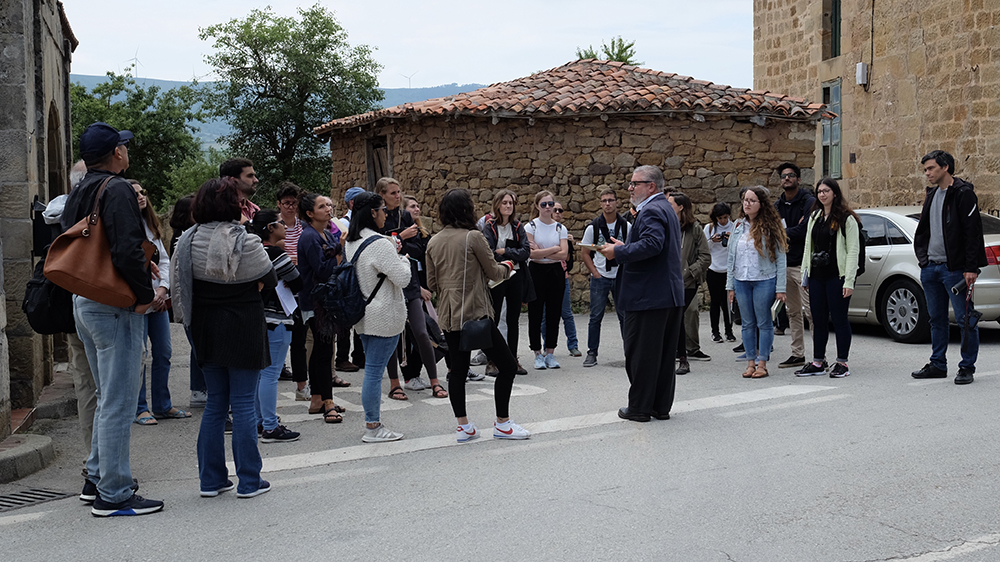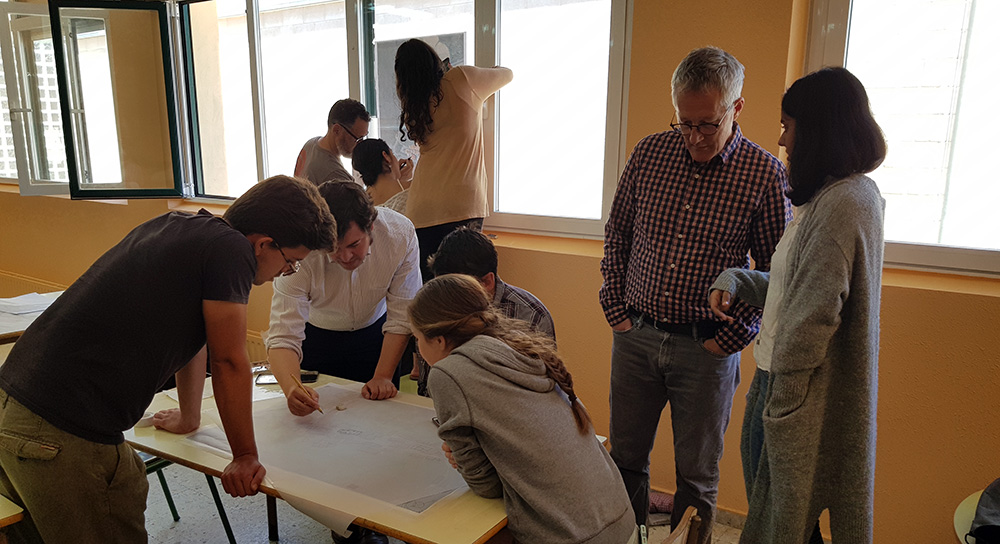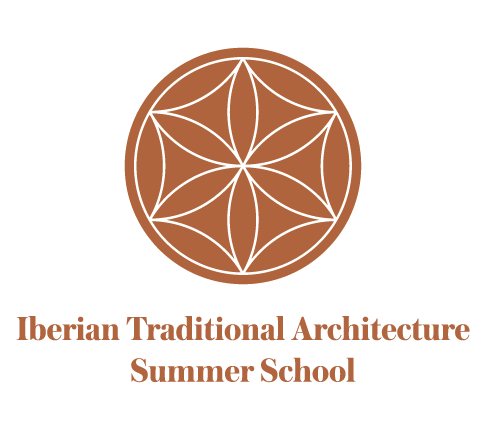Report on the experience of the Cantabria Summer School
by Anisha Suri
On the first day, nervous and uncertain if I would get along with people, I timidly walked through the boulevard towards the Burgos Cathedral. Admiring the arcade formed by the trees, of a specie totally new to me. I paced slowly observing its bark, leaves and canopy.; trying to register as much as I could of this new experience.
“These are the English Plane trees, aren’t they beautiful?” and this when Professor Douglas welcomed me with a warm grin. As he explained how popularly they are used in European countries for landscaping. I reassured myself, I can approach people and befriend people in this course.

I’m a fourth-year undergraduate student from India, throughout my years of architectural learning I am exposed to variety of natural building materials. However, this summer school provided me with in-depth knowledge as I touch and experience them. The crafting of the programme, included documentation of the various hamlets and villages and the final design proposition of the administrative town of the locality. Observing the built – mass and the lifestyle gave an immense opportunity to understand the techniques used by the people, arrangement of spaces and elements and ornamentation used by the people.

During documentation, we dispersed into groups to make quick drawings to capture the essence of the place. The drawings usually included plans, elevations, perspectives, and sections. The professors had a conscious watch of our process and aided us with personalised techniques to enhance our thinking and representation of drawings. They continuously shared their experiences and observations about the place. This really helped me in developing guidelines to better document a place. Through the programme we documented various towns, villages with different urban arrangement and the scale of public spaces. Yet all of the them were equally efficient in creating and amiable environment in its public realm.

As we proceeded towards final drawings, a team was formed to draw and understand the topographic landscape of the Valderredible Valley. Other teams were given the task to draw nolli and roof plans few of the prominent towns we documented. Additionally, each team had to understand factors helping in efficient functioning. We then compared the urban factors present in each settlement and tried adopting it to create a better proposal for the administrative town (Polientes) we redesigned.

In the design task, various significant parts of the town like church, plazas and school, housing, and recreation parks were taken up as site. Size of groups were formed among the students depending upon task. I teamed up an undergraduate student from university of Miami, U.S.A. Since teaching curriculum varied drastically in our institutions. We both got the opportunity to learn the different thought process and approach we adopted for the same task.
Finally, all the parts and pieces were amalgamated together to form a bigger plan. The work was displayed at the community Town hall. It was really overwhelming to see locals participating in large numbers. I was really delighted as they made efforts to understand the own surroundings.



Since the programme was hand drawing oriented, I was able to learn the essential skills of accurate visual depiction of ideas. The entire team often shared the tricks and techniques learnt in their universities. I enthusiastically tried to grasp all the different learnings and teach them about Indian culture, architecture and culture. Additionally, we were constantly given lectures by local architects, professors and sculptors making me absorb Spanish culture and beliefs.
It was great opportunity to understand a scape totally unsimilar to mine. The Cantabria summer school offered me unmeasurable learnings and memories I would cherish throughout my life. It introduced me to many people with different ethnic and culture beliefs that are now good friends.


